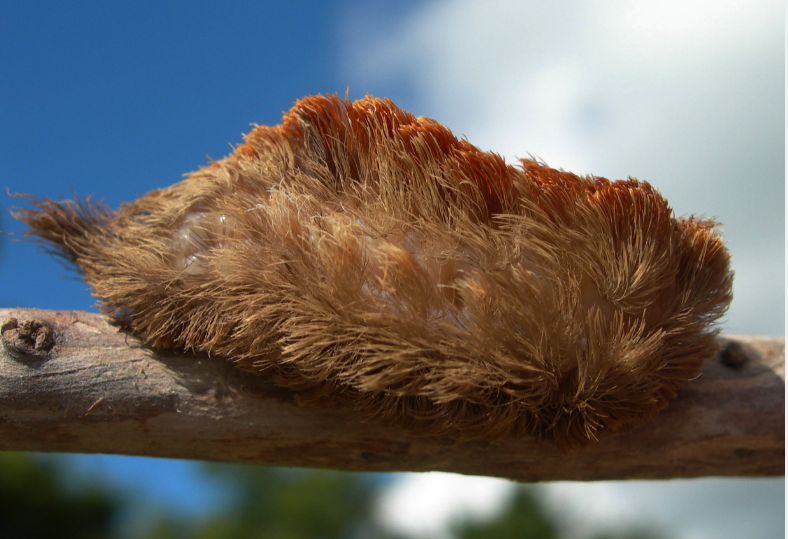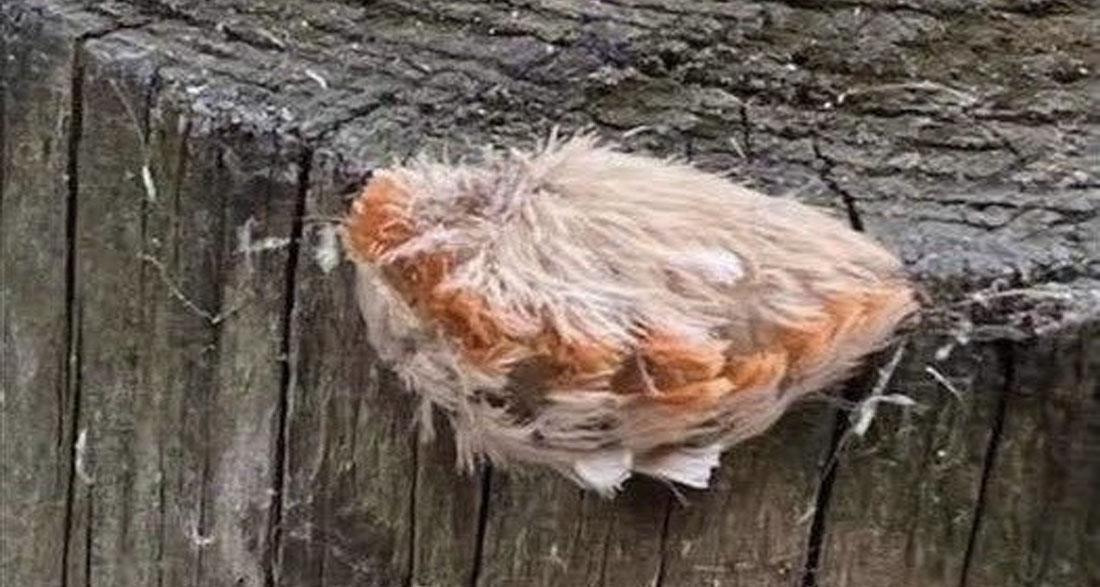Over thousands of years, humans have developed instincts to protect themselves from dangerous creatures. Even though most animals don’t pose a real threat, it’s always smart to stay cautious when you’re outdoors.
Leslie Howe, a mother from Georgia, learned this lesson firsthand during what started as an ordinary day at the park with her kids.
In 2014, Leslie took her infant and two other children to a playground in Gwinnett County, Georgia. The sun was shining, and everything seemed perfectly normal—until Leslie noticed something strange near her children. It was a small, fuzzy, ball-shaped creature lying in the grass.
At first, it looked harmless, almost cute, like a tiny fur ball. But Leslie’s gut told her otherwise. “Something about it just didn’t feel right,” she later shared. Trusting her instincts, she told her kids to stay away. It turned out to be a very wise decision.

“It feels worse than a wasp sting,” Leslie warned as she described the creature’s venomous potential. The “fuzzy ball” was actually a dangerous caterpillar known as the Megalopyge opercularis, or the puss caterpillar.
This odd-looking insect gets its name because its soft, velvety fur resembles a cat’s coat. But don’t let its cuddly appearance fool you—it’s hiding sharp, venomous bristles under that fuzzy exterior. These bristles can deliver a painful sting that’s far worse than most insect bites.
Leslie later shared her experience online to warn other parents about the dangers of this caterpillar. Her story quickly spread, especially because these creatures can be found in many parts of the United States. According to NPR, they’ve been spotted in areas from Texas to New Jersey and Florida, munching on tree leaves.
Eric Day, an insect expert and manager of Virginia Tech’s Insect Identification Lab, had his own encounter with the puss caterpillar. “I was mowing my lawn when I brushed up against one,” he recalled.
“The burning sensation started immediately. It felt like fire on my skin, and even though the pain went away after a day, the irritated area lasted for weeks.”

Don Hall, an entomologist, explained how severe the pain can be. “If it sticks to your skin, the pain can shoot up through your arm and even reach your bones,” he said. “Some people have reported that it lasts for up to twelve hours.”
If you ever get stung by a puss caterpillar, experts recommend acting fast. Use sticky tape to remove any bristles left on your skin, wash the area with soap and water, and apply hydrocortisone cream or baking soda if it starts to itch. However, if the reaction gets worse, seek medical attention immediately.
While the sting is rarely life-threatening, it can cause severe allergic reactions like anaphylaxis, which can be fatal without treatment.
Leslie’s warning serves as a reminder for everyone to be alert when exploring the outdoors. A seemingly harmless encounter could lead to a painful experience if you’re not careful.
Have you ever seen a puss caterpillar or had a run-in with a strange insect? Share your thoughts and stories in the comments below!






